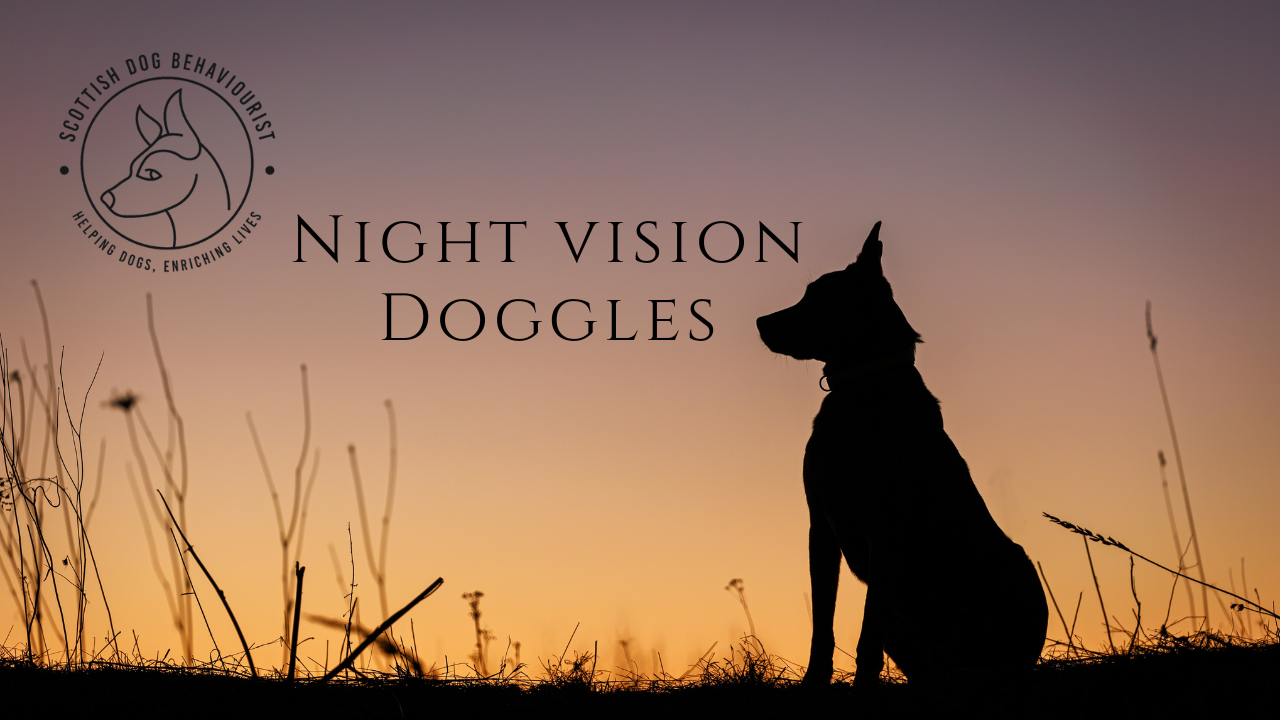Night Vision Doggles
Aug 30, 2023
Why do dogs see better in low light conditions than us humans?
Rod Cells
The specialised cells in the eyes of dogs (and other animals, including humans) that are sensitive to low light conditions are simply called "rod cells" or "rods."
These cells are one of the two main types of photoreceptor cells in the retina, the other being "cone cells," which are responsible for colour vision and work well in bright or normal light conditions.
Dogs have a more rod cells in their retinas compared to humans, which makes them more adapted to low-light conditions. These rod cells are responsible for detecting motion and providing peripheral vision, and as they function well in dim light it makes dogs particularly good at seeing in the dark or during the twilight hours.
Tapetum Lucidum
Many dogs also have a layer of tissue behind the retina called the tapetum lucidum. This layer reflects light back through the retina that improves a dog's ability to see in low light and also is the reason why a dog's eyes may appear to "glow" in the dark.
So, the combination of a higher proportion of rod cells and the presence of the tapetum lucidum often makes a dog's night vision much better than ours.

